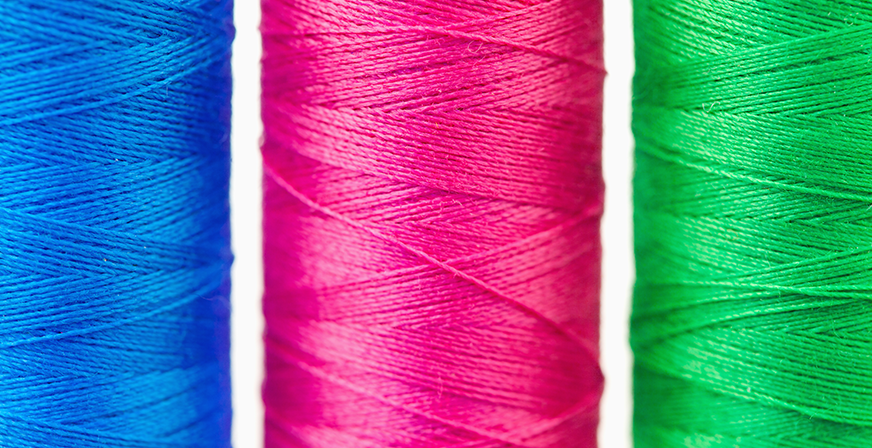
VISCOSE
Viscose is an artificial textile fibre that has a silk like sheen, the reason for which it is also defined as "artificial silk”. The story of its production starts in 1845, the year in which the first compound of soluble cellulose that could be made into filaments was discovered. In 1883-1884, the French chemist Hilaire Bernigaud of Chardonnet applied for a patent for "artificial silk" which he presented at the International Exposition of Paris of 1891. In following years the chemists Charles Cross, Edward Bevan and Clayton Beadle patented the industrial process of producing viscose in England, after having discovered that treating cotton with caustic soda and carbon disulfide created a highly viscous yellow-white solution (viscose), which could be extruded into fibres through a special procedure.
Viscose (or rayon) was essentially created to respond to the demand for a textile that was similar to silk but less expensive. It is produced starting from wood pulp obtained from trees (also from cotton, hay, etc.), in particular, with wood from the trees of pine, eucalyptus and beech, which is shredded into crumbs after the removal of the bark.
Following this, the resin and other impurities are removed. The cellulose that is obtained from this process is reduced into liquid, with a solution of caustic soda to which is added to form cellulose xanthate, which is then dissolved using again caustic soda. The colloidal solution is then extruded through a spinneret and the strings of fibres that are obtained form the single yarn that is wound onto a spinning machine spool or cone. The spool is then loaded onto the creel for washing, after being washed, rinsed and dried by special vapour drums, it is ready for textile manufacturing.
